Tag: thromboembolism
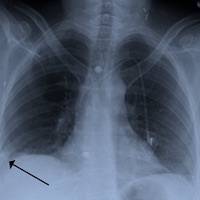
Pulmonary Embolism Hospitalization, Readmission, and Mortality Rates in US Older Adults
Over the past 15 years, advances have occurred in the diagnosis and management of pulmonary embolism (PE).1 Computed tomographic pulmonary angiography (CTPA) is now the routine diagnostic test. The availability of risk... read more
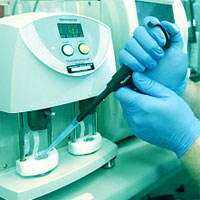
Thromboelastography Predicts Thromboembolism in Critically Ill Coagulopathic Patients
Critically ill patients with deranged conventional coagulation tests are often perceived to have an increased bleeding risk. Whether anticoagulant prophylaxis for these patients should be withheld is contentious. This study... read more

Peripheral Vasopressors: The Myth and the Evidence
You are working in a small, rural hospital staffed by one physician and one nurse. There are multiple sick patients, all of whom require your attention, but the sickest is probably the 62 year old female with pneumonia and... read more
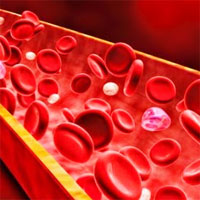
Antithrombotic Therapy for Venous Thromboembolic Disease
This JAMA Clinical Guidelines Synopsis summarizes the American College of Chest Physicians' 2016 recommendations on antithrombotic therapy for venous thromboembolism (VTE). The estimated annual incidence of VTE, defined... read more

EHR-guided Strategy Reduces Postop VTE Events
By incorporating algorithms into the electronic health record (EHR), UPMC was able to realize a "dramatic" 72% reduction in missed doses, from 4,331 missed doses in 2014 to 1,193 in 2015, Dr. Neal told attendees in a session... read more
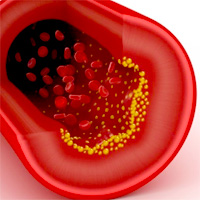
Lack of association between airflow limitation and recurrence of venous thromboembolism among cancer patients with pulmonary embolism
The presence of airflow limitation did not increase the risk of VTE recurrence in cancer patients with PE. Prospective studies are needed to validate this finding. Among 401 cancer patients with newly diagnosed PE, spirometry-based... read more
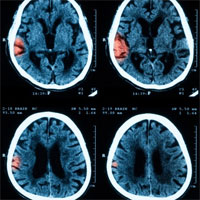
Guideline for Reversal of Antithrombotics in Intracranial Hemorrhage
This guideline provides timely, evidence-based reversal strategies to assist practitioners in the care of patients with antithrombotic-associated intracranial hemorrhage. Utilizing the GRADE methodology, the committee developed... read more

Effect of the Pulmonary Embolism Rule-Out Criteria on Subsequent Thromboembolic Events Among Low-Risk Emergency Department Patients
Does use of the pulmonary embolism rule-out criteria (PERC) in emergency department patients with low clinical probability of pulmonary embolism (PE) safely exclude the diagnosis of PE? Among very low-risk patients with suspected... read more

Risk of Venous Thromboembolism in Patients by Albuminuria and Estimated GFR
Albuminuria increases the risk for VTE markedly in patients with normal eGFRs compared with those with lower eGFRs. 15,180 (2.2%) VTE events occurred during the study period. Both albuminuria and eGFR were independently associated... read more

Endobronchial Ultrasound Can ID Pulmonary Thromboembolism
The researchers found that in four cases (0.7 percent), filling defects were demonstrated in central pulmonary arteries while sampling mediastinal lymph nodes.... read more

FDA approves betrixaban for VTE prophylaxis
Betrixaban, a factor Xa inhibitor, has been approved for the prophylaxis of venous thromboembolism (VTE) in at-risk adult patients hospitalized with an acute illness, according to an announcement from the Food and Drug Administration.... read more
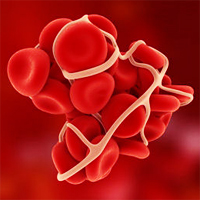
Venous Thromboembolism Prophylaxis in Major Orthopedic Surgery
Few head-to-head treatment comparisons have sufficient evidence. Most studies evaluated low molecular weight heparin (LMWH), not low-risk interventions (such as aspirin and mechanical devices); most reported on total deep... read more

Principles learned from a successful VTE improvement program
Principles learned from a successful improvement program can increase compliance and reduce hospital acquired VTEs (HA-VTEs) across multiple institutions. Can a single institution’s VTE prophylaxis program be scaled to... read more
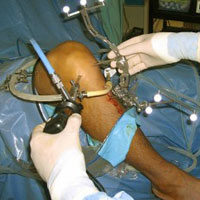
Thromboprophylaxis after Knee Arthroscopy and Lower-Leg Casting
The results of our trials showed that prophylaxis with low-molecular-weight heparin for the 8 days after knee arthroscopy or during the full period of immobilization due to casting was not effective for the prevention of... read more








